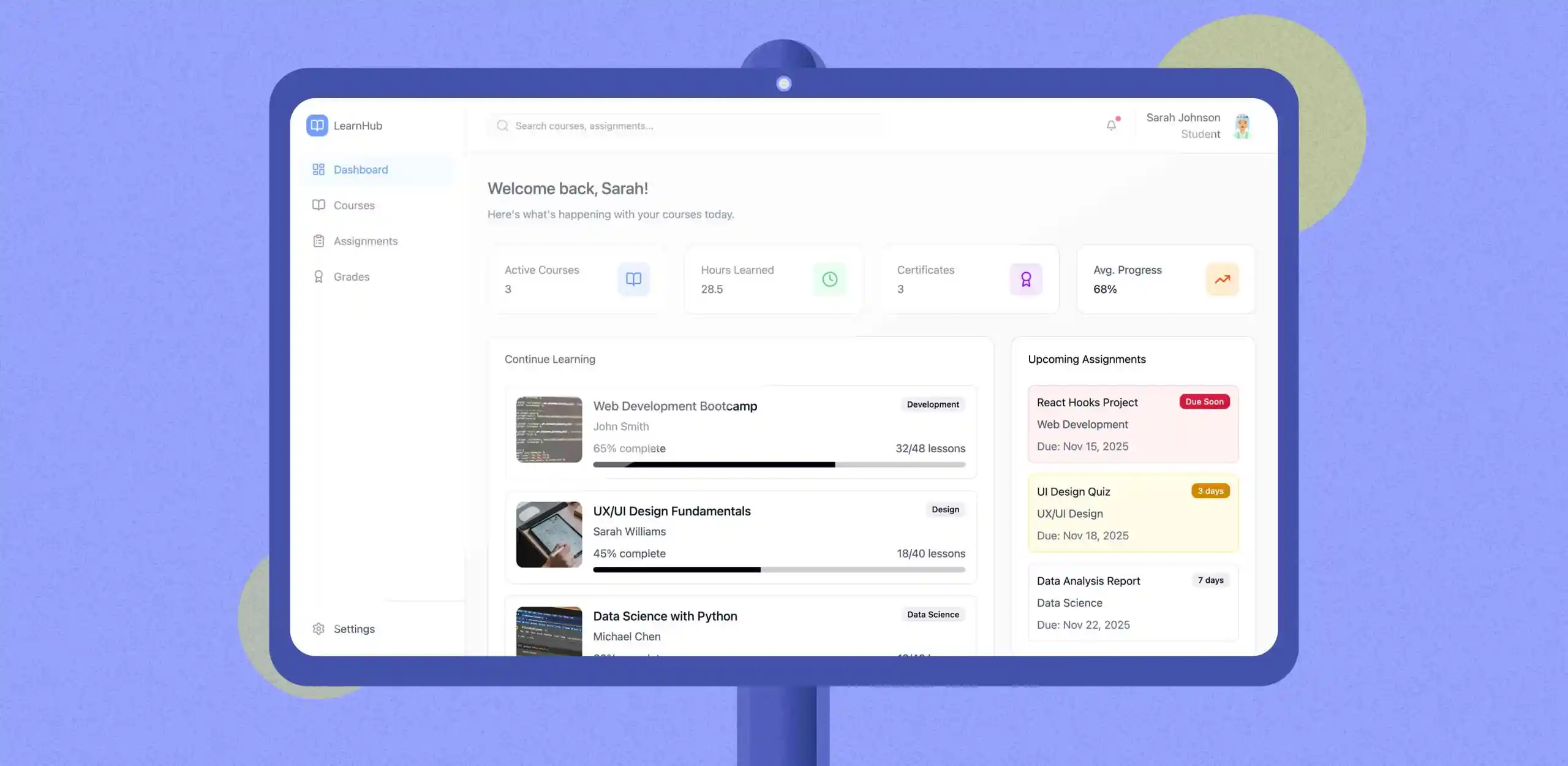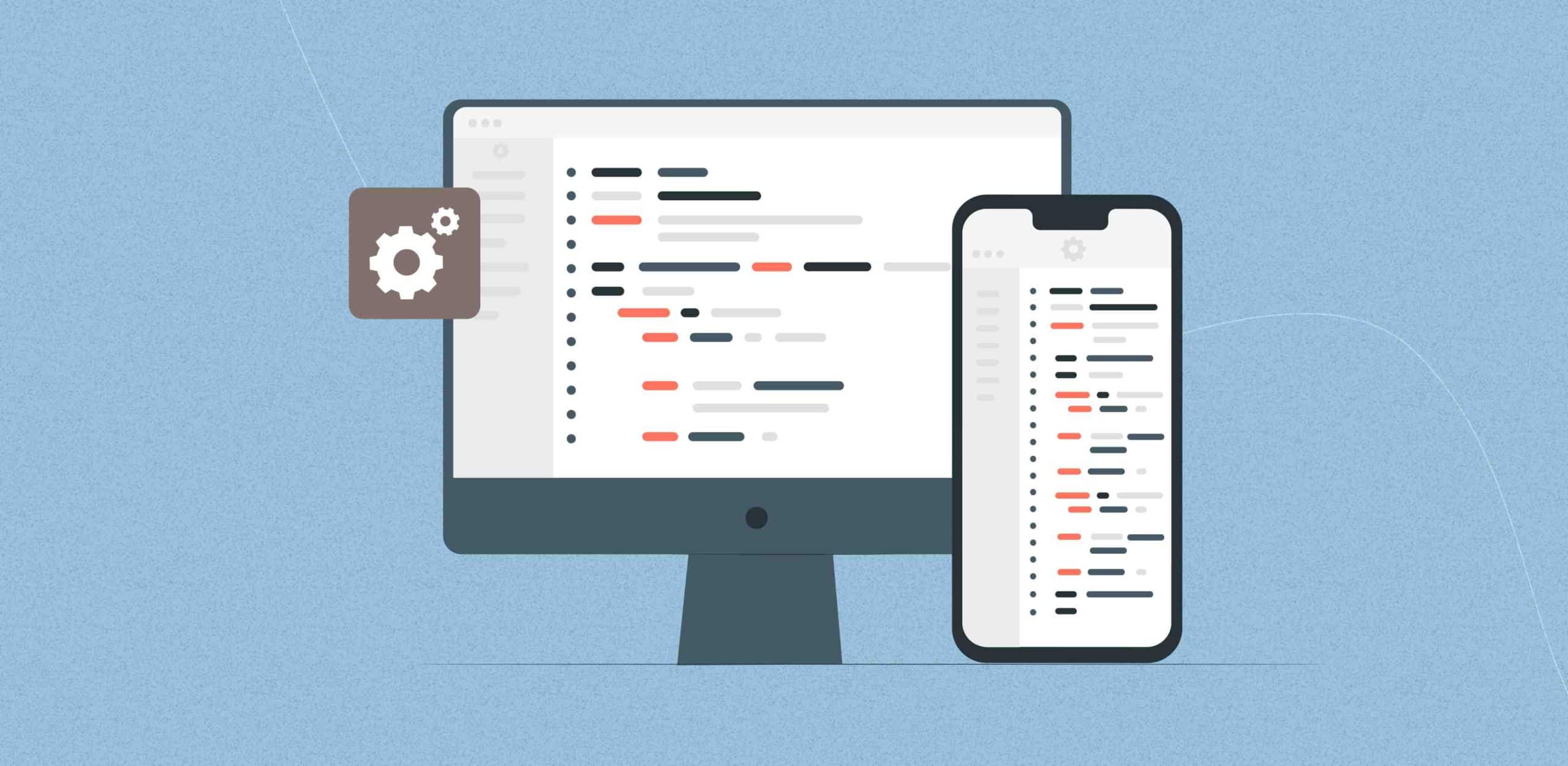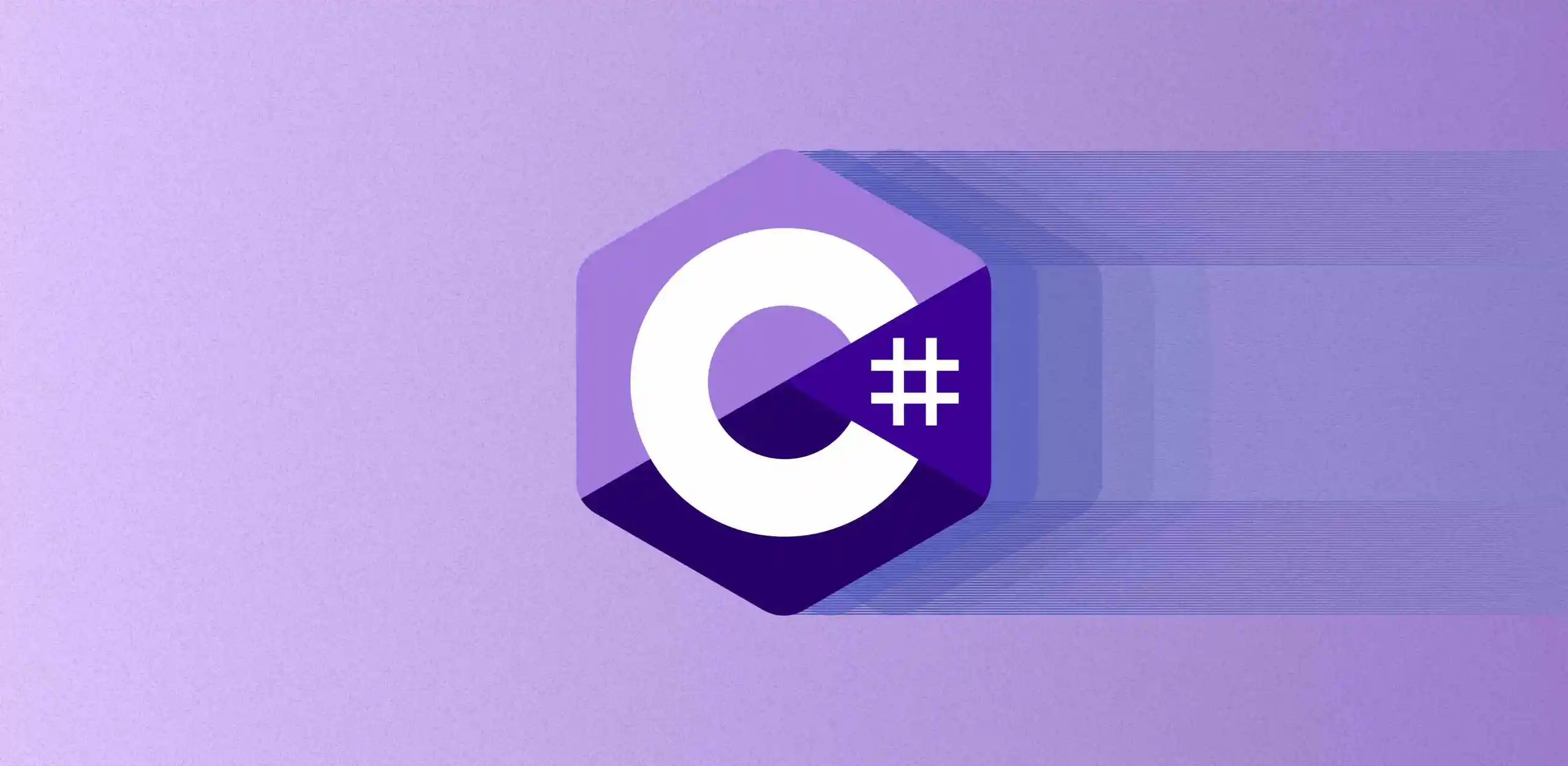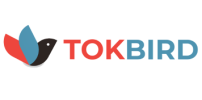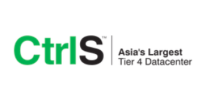Introduction – The Growing Need for Custom LMS Solutions
Custom LMS development is the fastest way to turn learning from a cost center into a growth engine. While off-the-shelf platforms can jump-start a program, they quickly hit limits—rigid workflows, shallow reporting, clunky UX, and integrations that never quite fit. With custom LMS development, you design the system around your goals, your users, and your tech stack—not the other way around.
Whether you’re an EdTech founder, a corporate L&D lead, or a university CTO, the playbook is consistent: build a platform that scales cleanly, personalizes each learner’s path, and connects seamlessly to HRMS/ERP/CRM, SSO, content libraries, virtual classrooms, and analytics. Done right, a custom LMS accelerates onboarding, reduces training costs, improves compliance, and boosts engagement.
In this guide, you’ll find the key decision criteria, cost drivers, common LMS types, and the two core components you must get right to succeed. You’ll also see how Enfin—a seasoned custom LMS development company—approaches product design, engineering, and continuous improvement so you can launch faster, scale smarter, and deliver measurable impact.
Explore how our LMS solutions handle scalability, analytics, and user engagement. Book a Demo!
Why Custom LMS Development is a Game Changer?
Most prebuilt platforms try to be everything to everyone. The result: feature bloat, rigid data models, and UX patterns that don’t reflect how your learners actually learn or how your admins work day-to-day. When you want to roll out adaptive learning, competency frameworks, or role-based analytics, suddenly you’re wrestling plugins and workarounds.
What a custom LMS development unlocks
- Alignment with your learning strategy: Map curricula to competencies, career paths, or compliance frameworks.
- Faster performance at scale: Architect for your usage patterns—peak live classes, video delivery, certificate runs, and bulk enrollments.
- Tailored user experience: Design separate experiences for learners, instructors, managers, and partners—without forcing everyone into the same UI.
- Deep integrations: Connect SSO, HRMS, ERP, payment gateways, virtual classroom tools, DAM/CMS, proctoring, and BI warehouses.
- Own your roadmap: Add AI-driven recommendations, micro-learning, social learning, or advanced analytics when you need them.
Which of the Following Factors Must Be Considered in Choosing An LMS?
Selecting an LMS isn’t just a software decision—it’s a strategic bet on how your organization will learn, comply, sell, and grow over the next 3–5 years. Use the expanded checklist below as the backbone of your RFP or internal scoring sheet. Score each criterion on a 1–5 scale and require evidence (screens, architecture notes, SLAs) from every shortlisted custom LMS development company.
- Business Alignment & Use Case Fit
Why it matters: If the LMS doesn’t map to your real-world learning goals and operations, everything downstream—adoption, ROI, support—suffers.Validate with:
- Learner segments: Employees, partners, customers, franchisees, students, or a mix? Do roles, permissions, and content entitlements match these segments?
- Outcomes & KPIs: Time-to-competency, certification rates, sales enablement impact, renewal/revenue influence, compliance completion windows.
- Content strategy: Will it support SCORM/xAPI, live classes, VILT/ILT, video, simulations, interactive cases, user-generated content (UGC), and micro-learning?
- Operational realities: Multi-branch organizations, regional catalogs, approval chains for regulated content, instructor assignment, and SME review cycles.
- Customization & Extensibility
Why it matters: Your needs will evolve. Lock-in to rigid workflows is the #1 cause of LMS replatforming.Validate with:
- Custom workflows: Enrollment rules, manager approvals, recertification windows, skill paths, and exceptions.
- Dynamic roles: Fine-grained permissions for instructors, reviewers, proctors, resellers, and regional admins.
- Extensibility: Stable APIs, webhooks, and plugin/microservice patterns to add features without breaking the core.
- User Experience & Accessibility
Why it matters: UX drives adoption. Accessibility reduces risk and expands reach.Validate with:
- Mobile-first: Responsive UI and/or native apps, smooth video playback, push notifications, and offline support.
- Accessibility: WCAG 2.1 AA compliance, keyboard navigation, captions/transcripts, screen-reader support.
- Localization: Multilingual UI, right-to-left scripts, locale-driven date/number formats, and per-region catalogs.
- Security, Compliance & Data Privacy
Why it matters: You are storing learner data, assessments, and sometimes PII/PHI. This must be non-negotiable.Validate with:
- Identity & access: SSO (SAML/OAuth2), MFA, role-based access control (RBAC), SCIM user provisioning.
- Auditability: Full audit logs, immutable event trails, and exportable evidence for audits.
- Compliance posture: GDPR/FERPA/HIPAA readiness, DPA availability, data retention & deletion policies, regional data residency options.
- Vulnerability posture: Pen-testing cadence, CVE response SLAs, encryption at rest/in transit, secret management.
- Integration Ecosystem
Why it matters: An LMS that lives alone limits insight and automation.Validate with:
- Enterprise systems: HRMS/ERP/CRM (e.g., Workday, SAP SuccessFactors, Salesforce), identity providers, marketing automation.
- Learning stack: Virtual classrooms (Zoom/MS Teams), proctoring tools, content libraries, and payment gateways.
- Analytics: Native dashboards plus export to data warehouses/BI (Redshift/BigQuery/Snowflake; Power BI/Tableau/Looker).
- Analytics & Reporting
Why it matters: You can’t improve what you can’t measure.Validate with:
- Out-of-the-box: Engagement funnels, assessment analysis, cohort comparisons, certificate/recert windows, manager dashboards.
- Custom metrics: Create calculated fields (e.g., cost per completion), filter by org hierarchy, and schedule report deliveries.
- Data freedom: Event streams or daily exports to your lake/warehouse for blended analytics with HR, revenue, or support data.
- Scalability & Performance
Why it matters: Peak loads (global launches, live sessions) expose weak architectures.Validate with:
- Global delivery: CDN for static assets and video, edge caching, adaptive bitrate streaming.
- Elasticity: Auto-scaling for live classes, assessments, and certificate generation surges.
- Heavy operations: Background queues for media processing, report generation, badge issuance, and bulk enrollments.
- Support, SLAs & Vendor Stability
Why it matters: The relationship continues long after go-live.Validate with:
- Post-launch: Tiered support, response/resolution SLAs, success manager, and release calendars.
- Governance: Quarterly business reviews, roadmap alignment, user-feedback loops, and change-control.
- Knowledge transfer: Admin training, runbooks, and documentation to reduce vendor dependence.
What are the Two Major Components of a Learning Management System (LMS)?
Modern platforms may showcase dozens of features, but every effective Learning Management System (LMS) rests on two foundational pillars. When these components are thoughtfully designed and tightly integrated, everything else—mobile apps, integrations, AI, and future extensions—falls neatly into place.
- The Learning Delivery Component (Learner Experience)
This is the learner-facing heart of your LMS—the place where knowledge is consumed, skills are demonstrated, and motivation is sustained. In a strong custom LMS development project, this layer is crafted around your pedagogical model and user journeys, not retrofitted later.- Content Delivery
Your LMS must support multiple content standards and formats so instructional teams can teach the way they want, and learners can engage on any device.- SCORM/xAPI compliance: Preserve interoperability with authoring tools and track granular learning events (time on task, interactions, completion states).
- Rich media support: Stream adaptive bitrate video, host audio/podcasts, and deliver PDFs, slide decks, simulations, and interactive HTML5 modules.
- Micro-learning & playlists: Break courses into bite-sized, goal-oriented lessons; allow learners to follow curated or AI-generated playlists for faster mastery.
- Offline access: Mobile apps and progressive web apps (PWAs) should cache lessons for low-connectivity environments and sync progress automatically.
- Accessibility-first delivery: WCAG-compliant players, captions/transcripts, keyboard navigation, and adjustable playback speeds ensure inclusive learning.
- Assessments
Assessment isn’t just about “pass or fail”—it’s about diagnosing gaps, validating competency, and building confidence.- Question banks & item analysis: Create randomized quizzes and evaluate question quality using difficulty and discrimination indices.
- Assignments & projects: Support rubric-based grading, peer review, and instructor annotations for authentic assessment.
- Secure testing options: Proctored exams (live/AI), lockdown modes, and identity checks for high-stakes certifications.
- Adaptive testing: Adjust difficulty in real time to maintain optimal challenge and measure true proficiency.
- Engagement Layer
Motivation fuels completion. A dynamic engagement stack turns passive consumption into active participation.- Gamification: Points, levels, streaks, and badges that align with real skills—not vanity metrics.
- Community & social learning: Discussion forums, threaded comments, reactions, and learner-generated content (UGC) to deepen understanding.
- Live learning: Seamless integration with Zoom/MS Teams/WebRTC for virtual classrooms, polls, breakout rooms, and attendance tracking.
- Nudges & reminders: Behavioral science-based prompts that encourage timely completion and re-engagement.
- Personalization Engine
Personalization is where custom LMS software development delivers major ROI.- AI recommendations: Suggest next lessons, resources, or mentors based on skills graphs and historic performance.
- Adaptive pathways: Dynamically route learners through content based on pre-assessments and real-time mastery signals.
- Competency frameworks: Map courses to job roles, compliance requirements, or career paths so learners see progress that matters.
- Language & localization: Multilingual UI/UX and localized content catalogs for global rollouts.
- Credentials & Evidence of Learning
Recognition cements achievement and supports career mobility.- Certificates & digital badges: Issue verifiable credentials (e.g., Open Badges) with expiry/recertification logic.
- Skills transcripts: Consolidate achievements, competencies, and hours into a shareable profile that feeds HR systems or external wallets.
- Portfolio artifacts: Store project evidence and instructor feedback to showcase practical capability.
Outcome to aim for: A frictionless, accessible learner experience that is motivating, personalized, and measurable—so completion, satisfaction, and performance all trend up.
- Content Delivery
- The Administration & Intelligence Component (Ops & Insight)
Behind every smooth learner journey is an operations engine that keeps content current, cohorts organized, and decision-makers informed. This is where admins, instructors, and managers get their power tools. In a mature custom LMS development company workflow, this component is built for scale, auditability, and speed.
- User & Role Management
- Dynamic roles & permissions: Fine-grained RBAC that differentiates learners, instructors, reviewers, managers, compliance officers, and partners.
- Cohorts & org hierarchies: Mirror your real organizational structure with business units, regions, branches, or customer accounts.
- Identity & SSO: SAML/OAuth2 SSO, SCIM provisioning, and just-in-time enrollment to reduce IT overhead.
- Program & Course Operations
- Reusable templates & versioning: Standardize course shells, clone programs, and maintain audit-friendly version history.
- Prerequisites & pathways: Enforce sequencing and mastery rules; set equivalencies for alternative modules.
- Content lifecycle management: Draft → review → publish workflows, embargo windows, sunsetting, and automated re-approval for regulated content.
- Central libraries: Manage media, documents, question banks, and interactive modules in organized repositories.
- Automation & Orchestration
- Enrollment logic: Auto-enroll by role, location, skill gaps, or compliance requirements.
- Nudges & notifications: Time- or behavior-based reminders across email, SMS, and in-app channels.
- Recertification windows: Automatically reopen assessments or refresher modules as credentials near expiry.
- Data jobs & integrations: Webhooks, message queues, and ETL connectors keep the LMS in sync with HRMS/ERP/CRM, proctoring tools, and marketing systems.
- Reporting & Analytics
Admins and leaders need more than vanity metrics—they need decision-grade insight.- Operational dashboards: Enrollment, progress, completion rates, drop-off points, and content health.
- Assessment analytics: Item performance, cohort comparisons, remediation triggers, and mastery mapping.
- Business impact & ROI: Tie learning to performance, quality, revenue, compliance, or CSAT; export to your BI stack or data lake for blended analytics.
- Custom reports & APIs: Allow power users to define segments, KPIs, and exports without engineering tickets.
- Compliance, Security & Audits
Trust is non-negotiable, especially in regulated industries.
- Policy enforcement: Password policies, session controls, data retention schedules, and geo-fenced access.
- Audit trails: Immutable logs for user actions, grade changes, certificate issuance, and role edits.
- Standards & privacy: GDPR/FERPA/HIPAA alignment, DPA support, consent flows, and PII minimization.
- Data governance: Encryption at rest/in transit, key management, backup/restore procedures, and disaster recovery drills.
Outcome to aim for: An operations cockpit that reduces manual work, increases data confidence, and proves business value—so leaders fund the roadmap with conviction.
- User & Role Management
Why These Two Pillars Matter?
Get Learning Delivery and Administration & Intelligence right, and you gain a platform that is:
- Loved by learners (engaging, personalized, accessible)
- Trusted by admins (predictable, auditable, low-touch)
- Valuable to leadership (analytics that tie to outcomes and ROI)
This is exactly where custom LMS development services outperform generic platforms: you can design both pillars around your strategy, integrate deeply with your stack, and scale without friction. As needs evolve—AI tutors, skills marketplaces, native mobile apps, or new compliance regimes—your LMS remains a stable, extensible core rather than a patchwork of workarounds.
What are the Different Types of Learning Management Systems?
Choosing the right platform starts with understanding the major LMS categories, how they differ, and when each one makes sense. Below is a practical breakdown—complete with strengths, trade-offs, and ideal use cases—to help you map the right path (or combination) for your organization.
- Cloud-Based LMS
A hosted, subscription (SaaS) platform where the vendor manages infrastructure, updates, and security.
Why teams pick it
- Fastest to deploy: Go live in weeks with minimal IT lift.
- Predictable costs: Pay-per-user/active-user with clear tiers.
- Automatic updates: New features arrive without your ops team lifting a finger.
Trade-offs
- Limited deep customization: You’ll get configuration, but not full control over data models or workflows.
- Vendor roadmap dependence: You influence features, but you don’t own them.
Best for
Organizations needing quick time-to-value and standard workflows (compliance, onboarding, partner enablement) with modest customization. - On-Premise LMS
Software runs on your own servers or private cloud, giving you full control over deployment and data.Why teams pick it
- Maximum control: Data residency, custom security, and bespoke network rules.
- Deeper customization: You can tailor more of the stack.
Trade-offs
- Higher IT overhead: Patching, scaling, and upgrades are on you.
- Longer timelines: Procurement, environment setup, and QA cycles add time.
Best for
Highly regulated environments (e.g., defense, healthcare, public sector) where data governance and strict compliance dominate priorities. - Open-Source LMS
Community-maintained software (e.g., Moodle) with no or low license cost, customizable via plugins and code.Why teams pick it
- Lower licensing costs: You invest in engineering instead of platform fees.
- Ecosystem extensions: Large plugin libraries and community support.
Trade-offs
- Engineering heavy: Real customization requires strong, ongoing dev expertise.
- Maintenance overhead: Version drift, plugin conflicts, and upgrade paths can get complex.
Best for
Teams with in-house engineering and the patience to manage forks, plugins, and long-term maintenance. - Custom LMS (Greenfield)
A platform engineered from the ground up around your workflows, brand, and scale requirements—true custom LMS development.Why teams pick it
- Own the roadmap: Add features when they matter to your KPIs.
- Perfect fit: Data models, roles, and UX match how your organization actually operates.
- Integration-ready: Built to plug into HRMS/ERP/CRM, data warehouses, proctoring, payments, and virtual classrooms.
Trade-offs
- Higher initial investment: Upfront custom LMS development cost for discovery, build, and QA.
- Time to MVP: Requires disciplined product management and phased releases.
Best for
Scale-minded organizations seeking competitive advantage via custom LMS software development—where UX, analytics, and integrations are strategic. - Mobile LMS
An app-first approach focused on mobile learning—often as companion apps to web LMS—with offline access and rich notifications.Why teams pick it
- On-the-go learning: Ideal for distributed, frontline, or field teams.
- Higher engagement: Push notifications, micro-learning, and offline modes boost completion rates.
Trade-offs
- Dual surface area: You’ll maintain mobile and web parity.
- Device fragmentation: QA for various OS versions and screen sizes.
Best for
Workforces that learn away from desks (retail, logistics, sales) or programs designed for bite-sized learning. - AI-Powered LMS
An LMS enhanced with AI for personalization, content tagging, learner support, and predictive analytics.Key capabilities
- Personalized paths: Recommendations based on skills, goals, and performance.
- Predictive insights: Spot at-risk learners, forecast completion, optimize programs.
- Smart ops: Auto-tagging, question generation, content summarization, chat-based help.
Trade-offs
- Data readiness: Quality models need clean data and governance.
- Explainability & compliance: Ensure transparency for regulated contexts.
Best for
Organizations ready to leverage data for adaptive learning, skills mapping, and measurable learning ROI.
What Sets Enfin Apart in Custom LMS Development?
Choosing a partner isn’t about buzzwords—it’s about repeatable execution, measurable outcomes, and long-term fit. Enfin’s approach to custom LMS development is built to reduce risk, accelerate value, and keep you in control of your roadmap. Here’s how our custom LMS development services stand apart.
- Discovery-Led, Outcome-Backed
Why it matters: Features don’t equal impact. Outcomes do.
How we do it
- Stakeholder workshops with L&D, product, IT, and compliance to align on success metrics: time-to-competency, certification rates, course completion, adoption, learner NPS, or revenue KPIs for customer academies.
- Value mapping: Every epic and user story is tied to a KPI. If a feature can’t be linked to an outcome, it doesn’t make the first release.
- Lean pilots: We validate assumptions with a measurable MVP before scaling.
What you get
- A prioritized backlog linked to business goals
- Clear definitions of success for leadership sign-off
- Faster path to ROI and a transparent custom LMS development cost model
- User-First Product Design
Why it matters: Adoption follows great UX.
How we do it
- Role-specific experiences for learners, instructors, reviewers, managers, and admins—each with tailored dashboards, workflows, and permissions.
- Mobile-first & accessible by design (WCAG), with multilingual support and RTL where needed.
- Clickable prototypes and moderated usability tests before engineering begins, reducing rework.
What you get
- Fewer support tickets, higher engagement
- Clear, intuitive journeys for every persona
- Brand-consistent UI that feels native to your organization
- Scalable, Modular Architecture
Why it matters: You shouldn’t have to rebuild the plane to add a seat.
How we do it
- Modular services (microservices where appropriate) with clean API contracts and event buses for extensibility.
- Performance-ready delivery: CDN-backed media, background queues for heavy tasks (encoding, certificate generation), and autoscaling for live session spikes.
- Data pipelines that are warehouse-ready for BI and cohort analysis.
What you get
- Add new features without touching the core
- Predictable scaling during launches or peak training seasons
- Lower technical debt and future-proof custom LMS software development
- Security & Compliance by Design
Why it matters: Trust is non-negotiable.
How we do it
- SSO (SAML/OAuth2), RBAC, encryption at rest and in transit, audit logs, and data retention policies as table stakes.
- Regulatory alignment: We build and operate within GDPR, FERPA, and HIPAA constraints where required.
- Least-privilege access across services, thorough change management, and routine security reviews.
What you get
- Peace of mind for legal and InfoSec teams
- Faster vendor approvals and enterprise readiness
- An LMS that scales without compromising compliance
- Integration-Ready from Day One
Why it matters: Your LMS must live in your ecosystem—not beside it.
How we do it
- Out-of-the-box connectors and custom integrations for HRMS/ERP/CRM, payment gateways, content libraries, proctoring, marketing automation, data warehouses, and virtual classrooms (Zoom/MS Teams).
- Event-driven syncs and webhooks for real-time actions (enrollment, completion, certification).
- ETL pipelines into BI tools for blended reporting.
What you get
- Zero data silos and fewer manual tasks
- Reliable reporting for leadership and auditors
- Faster time-to-value from existing systems
- AI & Analytics You Can Trust
Why it matters: Insight beats intuition, and explainability beats magic.
How we do it
- Adaptive learning paths based on competency models, behavior signals, and assessment data.
- Skills graphs & recommendations that surface the right content at the right time.
- Cohort analytics and funnel views to pinpoint drop-offs and optimize content.
- Explainable models with admin controls—no black boxes.
What you get
- Higher completion and mastery rates
- Targeted interventions for at-risk learners
- Clear evidence of impact for exec sponsors
- Transparent Delivery & Ongoing Support
Why it matters: The real work starts when users log in.
How we do it
- Agile delivery with weekly demos, shared roadmaps, burn-down charts, and release notes.
- Environment strategy: Dev/QA/Staging/Prod with CI/CD, automated testing, and observability.
- Post-launch care: SLAs, proactive monitoring, adoption analytics, and structured iteration cycles tied to KPIs.
What you get
- Predictable delivery and fewer surprises
- A living roadmap you can explain to leadership
- Continuous improvement instead of “set and forget”
Conclusion: Ready to Build Your Custom LMS with Enfin?
Custom LMS development turns learning into a business lever—not just a course catalog. Start with a data-driven MVP, validate what works, and scale the features that move your KPIs. With Enfin, you get product-focused design, solid engineering, deep integrations, and security by default—so your LMS grows without surprises.
Contact us to discuss custom LMS development, including scope, timelines, and a transparent cost model. Our e-learning app development team can also launch native apps that sync seamlessly with your LMS.
Let’s transform your business for a change that matters!
F. A. Q.
Do you have additional questions?
What is a custom LMS?
A custom LMS is a learning platform designed specifically around your goals, workflows, and tech stack. Unlike off-the-shelf tools, it delivers the exact features, integrations, and analytics you need—without plugin sprawl or UX compromises.
Can I build my own LMS?
Yes—teams can build in-house, but it’s resource-intensive (architecture, security, mobile, analytics, CI/CD). Many organizations partner with a custom LMS development company to reduce risk, accelerate delivery, and control total cost of ownership.
What are the two main functions of custom LMS development?
First, learning delivery (content hosting, assessments, live classes, personalization, credentials). Second, administration & intelligence (user/role management, automation, reporting, and compliance-ready audit trails).
How long does it take to build an LMS?
Typical timelines: 10–14 weeks for an MVP, 4–6 months for a mid-scale launch, and 6–12+ months for complex enterprise builds with deep integrations. A discovery phase clarifies the scope and helps lock realistic milestones.
How to pick the right LMS?
Start with business outcomes, not features. Evaluate UX/accessibility, security & compliance, integration depth (HRMS/ERP/CRM, SSO, payments, BI), scalability, analytics, and vendor SLAs. Request architecture diagrams and a KPI-linked roadmap.
How much does a custom LMS development cost?
Your custom LMS development cost depends on features, roles, integrations, compliance, and content migration needs.
What integrations should a custom LMS support?
At minimum: SSO (SAML/OAuth2), HRMS/ERP/CRM, virtual classrooms (Zoom/MS Teams), payment gateways, content libraries, proctoring, marketing automation, and data warehouses/BI. Event/webhook architecture prevents data silos.
Can we migrate from Moodle or another LMS?
Yes. A structured migration covers user records, enrollments, course assets (SCORM/xAPI), historical completions, and certificates—plus redirects to preserve SEO. Pilot migrations de-risk the cutover before full rollout.
How do you ensure security and compliance (GDPR/FERPA/HIPAA)?
By design: role-based access control, least-privilege policies, encryption in transit/at rest, audit logs, and data retention rules. Region-specific hosting/data residency and ongoing vulnerability management keep regulators (and InfoSec) happy.
What’s the difference between a custom LMS and an off-the-shelf?
Off-the-shelf is quick but rigid; customization hits limits fast. Custom LMS development aligns the platform to your KPIs, delivers role-specific UX, scales cleanly, and integrates deeply with your stack—so you control the roadmap and the results.



